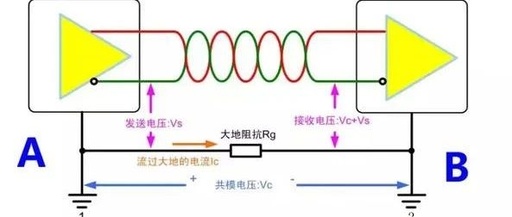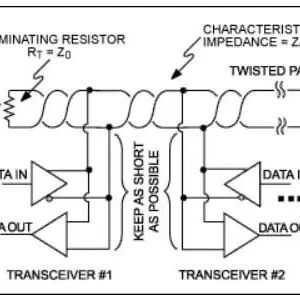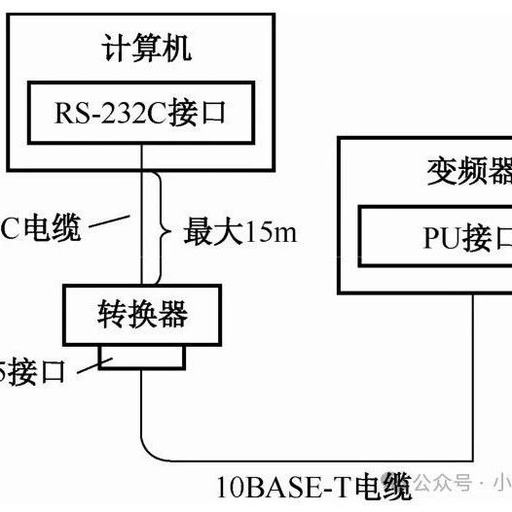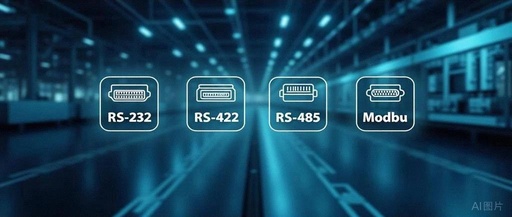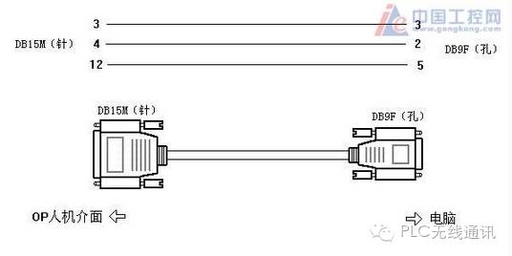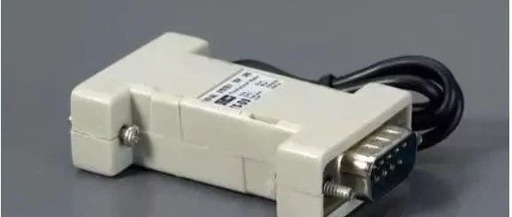Three Reasons Why RS-485 Requires Isolated Communication
Follow+Star Public Account Number, don’t miss out on exciting content Compiled by | strongerHuang WeChat Public Account | Embedded Column RS-485 is a physical layer bus design standard used in industrial and instrumentation applications, and it has become one of the most widely used standard communication interfaces in the industry. This communication interface allows for … Read more
